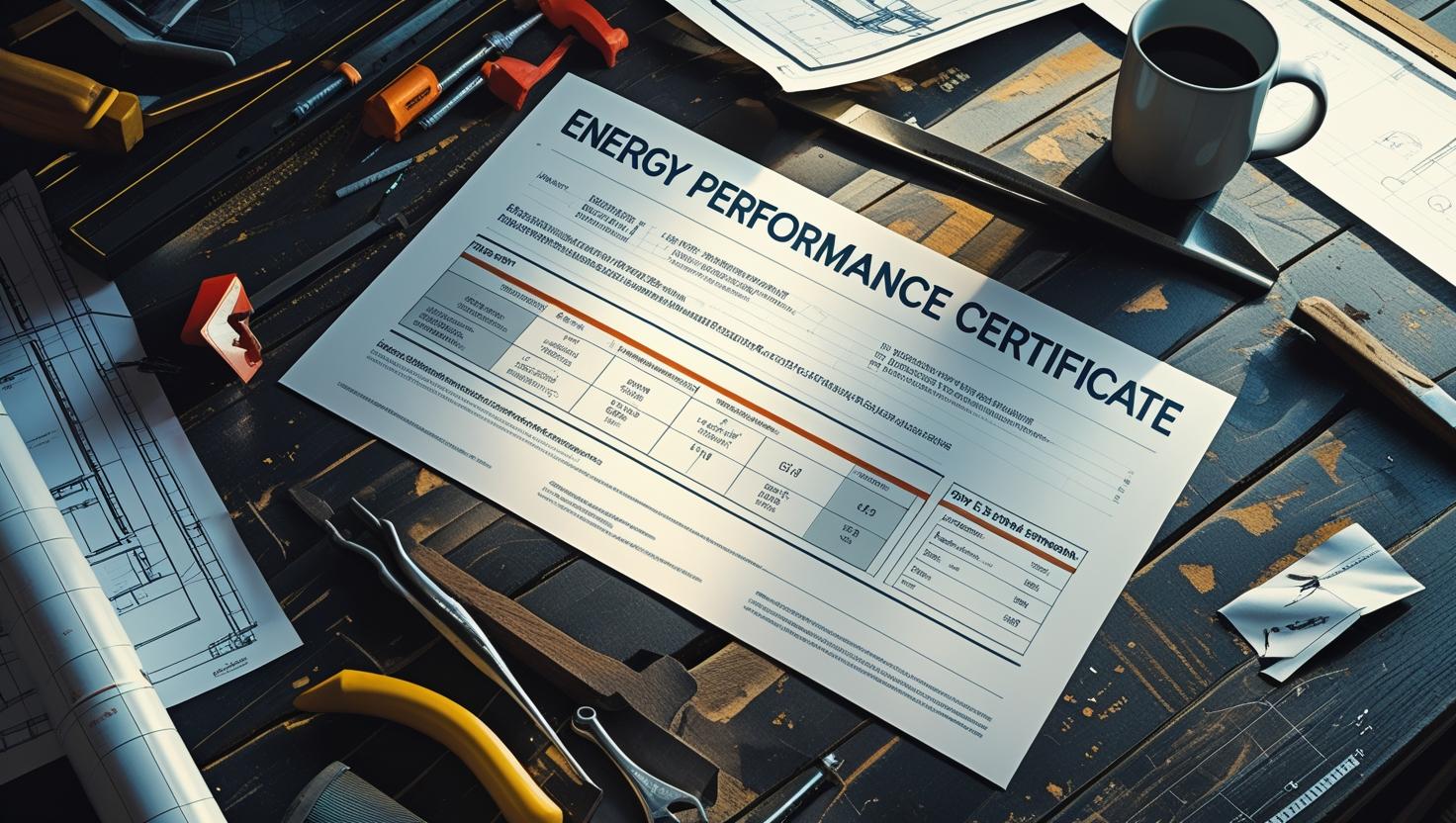
What would it take to improve the sustainability and comfort of all cold, damp and energy inefficient homes in Tasmania?
paul mallett is a strong advocate for the introduction of Energy Performance Certification for all homes (new builds, rentals, as they are sold) and the delivery of targeted retro-fitting programs to improve the least energy efficient homes in Tasmania.
paul understands that Energy Performance Certificates show how energy efficient a property is, and rates them from most energy efficient to least energy efficient. paul proposes that Tasmania introduce a certification program that is legally required when a home is built, sold or rented. The Certificate gives buyers, renters and owners clear information about energy use, costs and carbon emissions.
Similar certification systems have been in operation in the United Kingdom for decades. In England, an accredited energy assessor visits the property and evaluates:
- Insulation levels — loft, wall, floor, and roof insulation
- Construction materials — thermal properties of walls, floors, and roof
- Windows and doors — glazing type (single, double, triple), air tightness
- Heating systems — type and efficiency of boilers, heat pumps, radiators
- Lighting — use of energy-efficient lighting (e.g. LED)
- Renewables — solar panels, wind turbines, or other on-site generation
The assessor enters this data into government-approved software that models how much energy the property would typically use for heating, hot water, lighting, and ventilation. It calculates:
- Annual energy consumption
- Estimated energy costs
- CO2 emission
Introducing such a system would complement Tasmania’s clean-green brand and support tourism and export industries focused on sustainability. Additionally it would:
- Help homeowners understand energy efficiency — Gives clear, standardised info about how warm, comfortable, and cheap to run a home will be.
- Drive improvements in existing housing stock — Encourages upgrades to poor-performing homes (e.g. insulation, window upgrades).
- Protect renters — Tenants could choose homes that are warmer and cheaper to heat, reducing fuel poverty.
- Lower greenhouse gas emissions — Cuts household energy use, supporting Tasmania’s emissions targets.
- Create jobs in energy efficiency upgrades — Stimulates demand for builders, electricians, and tradespeople in retrofitting homes.
- Encourage healthier homes — Warmer, drier homes mean less mould and fewer respiratory illnesses — a big benefit in Tasmania’s damp, cold climate.
- Give buyers and renters power to compare homes — People can choose efficient homes, creating a market for better housing.
- Promote local renewable energy — Incentivises rooftop solar, heat pumps, and other clean technologies.
- Support climate resilience — Homes that stay comfortable with less energy are better prepared for future climate and energy price challenges.
- Align with national and global best practice — Puts Tasmania on par with places like England, Scotland, NZ, and parts of Europe where ratings are standard.





